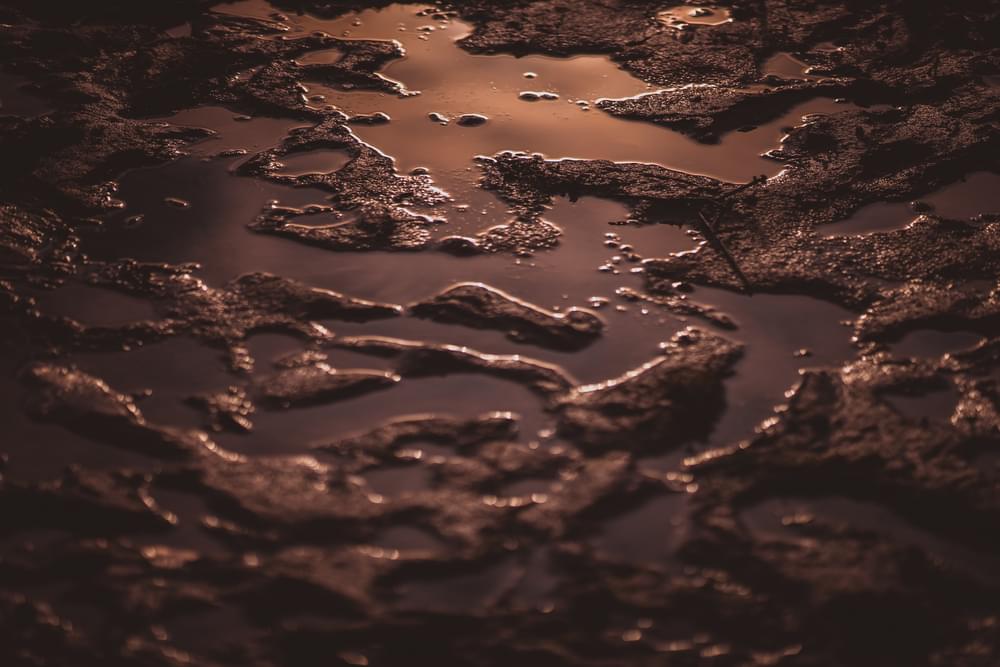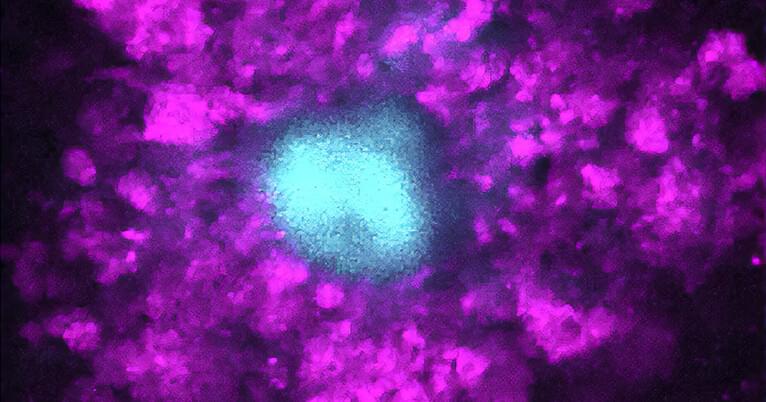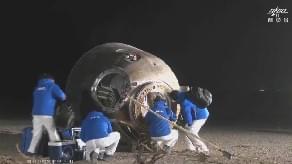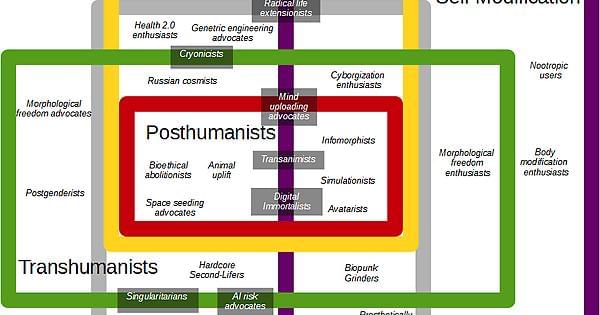Although oxygen is now the most abundant element in our oceans and our atmosphere, comprising about 88.8 percent and 23.1 percent of the mass of the two, respectively, this wasn’t always the case. In actuality, the abundance of oxygen on Earth arose only 2.4 billion years ago thanks to the advent of photosynthesis, the process through which some of the first life-forms transformed sunlight into energy. It was only coincidence, scientists say, that one of the products of this process was oxygen. But it also would go on to completely transform the planet, creating the conditions for increasingly complex forms of life.
For all the importance of this so-called “Great Oxidation Event,” scientists have always wondered about the presence of oxygen on the planet prior to the emergence of photosynthesis.









